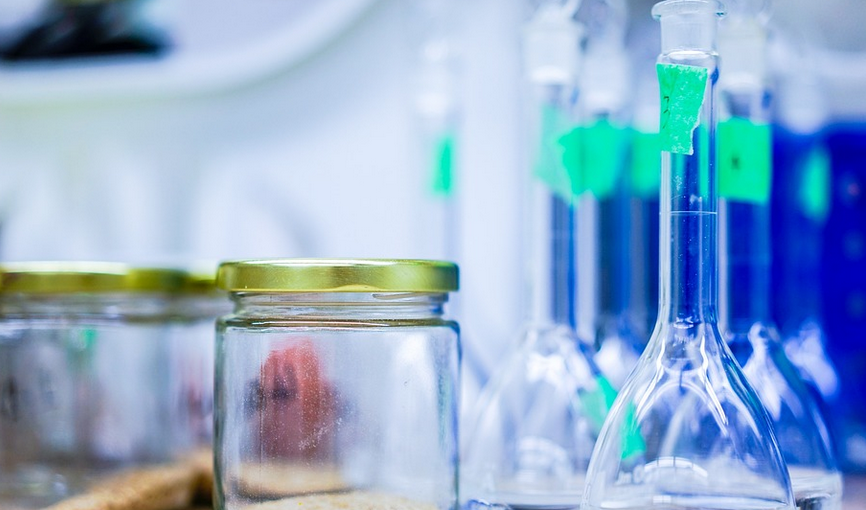Introduction
Allura Red is a popular food colorant that is widely used in various food and beverage products. It is also known as FD&C Red No. 40 or E129. In this article, we will take a closer look at the chemical structure of Allura Red and its properties.
Chemical Structure of Allura Red
Allura Red is a synthetic dye that belongs to the azo dye family. Its chemical formula is C18H14N2O5S2, and its molecular weight is 386.4 g/mol. The dye consists of two benzene rings connected by a diazo group (-N=N-), which is responsible for its red color.
Properties of Allura Red
Allura Red is a water-soluble dye that is stable in acidic pH but can degrade in alkaline pH. It is heat-stable and can withstand high-temperature processing, making it suitable for use in baked goods, confectionery, and other food products. The dye has good light and color stability, which ensures that the color of the food product remains consistent over time.
Uses of Allura Red
Allura Red is used in a wide range of food and beverage products, including soft drinks, sports drinks, candies, baked goods, and processed foods. It is also used in pharmaceuticals, cosmetics, and personal care products.
Health Concerns
There have been concerns about the safety of Allura Red, particularly regarding its potential health effects. Some studies have linked the dye to hyperactivity in children, allergic reactions, and cancer. However, regulatory agencies, including the FDA and the European Food Safety Authority (EFSA), have concluded that the dye is safe for consumption at the permitted levels.
Regulations
Allura Red is regulated by various agencies worldwide, including the FDA, EFSA, and the Joint FAO/WHO Expert Committee on Food Additives (JECFA). These agencies have established acceptable daily intake (ADI) levels for the dye, which represent the maximum amount that can be consumed daily without adverse health effects.
Alternatives to Allura Red
Due to the health concerns associated with Allura Red, some food manufacturers are opting to use natural colorants and dyes instead. These include beet juice, turmeric, and spirulina, which are considered safe and have no known health effects.
Conclusion
Allura Red is a synthetic dye that is widely used in the food and beverage industry. Its chemical structure consists of two benzene rings connected by a diazo group, which gives it its red color. While there have been concerns about its safety, regulatory agencies have deemed it safe for consumption at the permitted levels. However, some food manufacturers are choosing to use natural colorants instead, which are considered safer and have no known health effects.

